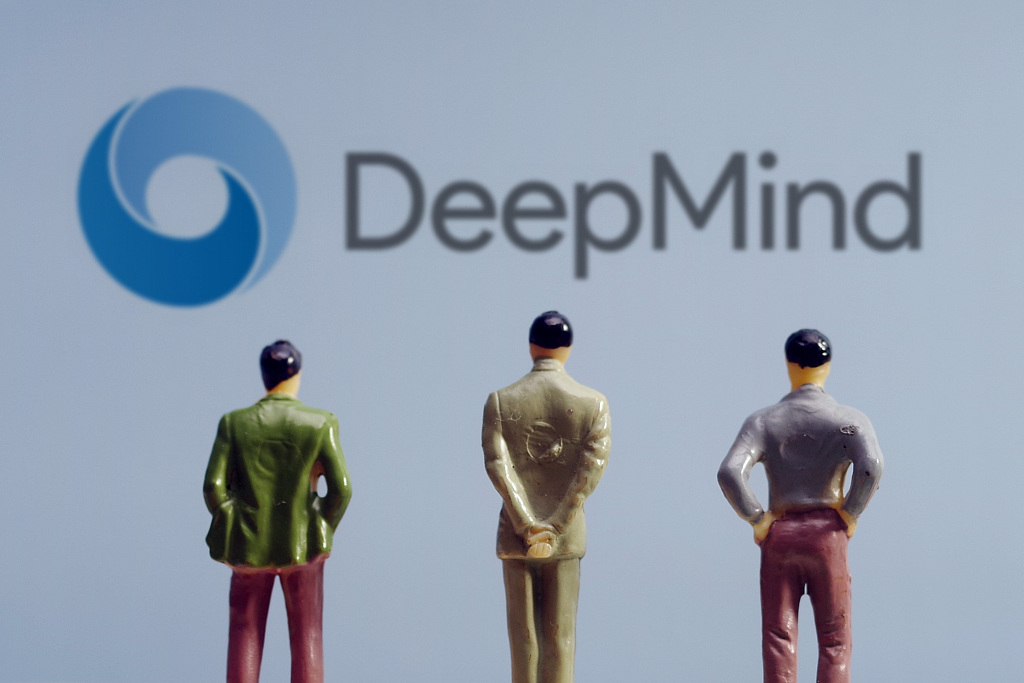Top 10 international science stories of 2020
- By Wang Yiming
 0 Comment(s)
0 Comment(s) Print
Print E-mail China.org.cn, January 20, 2021
E-mail China.org.cn, January 20, 2021
# AlphaFold makes its mark in predicting protein structures

DeepMind has developed an artificial intelligence solution to a 50-year-old protein challenge: predicting how proteins curl up from a linear chain of amino acids into 3D shapes that allow them to carry out life's tasks.
The human body uses tens of thousands of different proteins, each a string of dozens to many hundreds of amino acids. The order of those amino acids dictates how the myriad pushes and pulls between them give rise to proteins' complex 3D shapes, which in turn determine how they function.
For decades, researchers deciphered proteins' 3D structures using experimental techniques such as X-ray crystallography or cryo-electron microscopy (cryo-EM). However, such methods can take months or years and do not always work. Structures have been solved for only about 170,000 of the more than 200 million proteins discovered across life-forms.
In November 2020, DeepMind's AlphaFold won the 14th Community Wide Experiment on Critical Assessment of Techniques for Protein Structure Prediction (CASP14), a biennial competition in which entrants receive amino acid sequences for about 100 proteins whose 3D structures are unknown. By comparing the computational predictions with the lab results, each CASP14 competitor received a global distance test (GDT) score.
Across target proteins in this year's CASP, AlphaFold achieved a median GDT score of 92.4. For the most challenging proteins, AlphaFold scored a median of 87, which was 25 points above the next best predictions. It even excelled at solving structures of proteins that sit wedged in cell membranes, which are central to many human diseases but notoriously difficult to solve with X-ray crystallography.
This progress marks a significant step forward for scientists, who will be able to use accurate structure predictions to make sense of opaque X-ray and cryo-EM data. It could also enable drug designers to quickly ascertain the structure of every protein in new and dangerous pathogens like the coronavirus to speed up the creation of new medications.
ef17d7d0-6583-4a77-b923-a8c8a085c76f.jpg)






Go to Forum >>0 Comment(s)